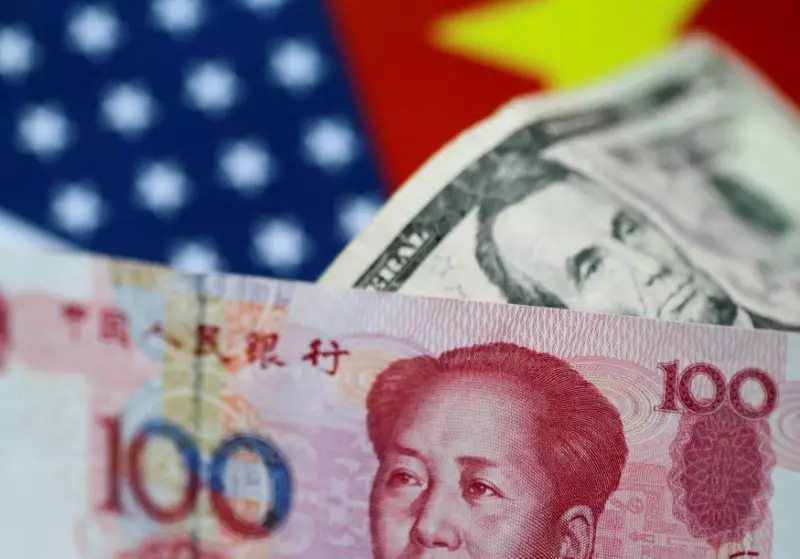Most Asian currencies experienced minimal movement on Wednesday, with the dollar holding steady as traders awaited key cues on U.S. interest rates from the Federal Reserve. Sentiment in the Asian markets was dampened by concerns over renewed U.S.-China trade tensions following reports of potential stricter restrictions on chip sales to Russia, which could have repercussions for Chinese resellers. Additionally, middling Chinese inflation data raised worries about a sluggish economic recovery in China.
Impact on Chinese Yuan
The Chinese yuan’s USDCNY pair remained close to six-month highs, with reports of heightened U.S. trade scrutiny contributing to the subdued sentiment. This comes on the heels of increased tariffs on key Chinese industries imposed by the U.S. in recent weeks. The mixed Chinese inflation data further fueled concerns about the country’s economic revival, as the producer price index inflation saw a slow in its declining trend and the consumer price index inflation fell short of expectations, indicating weak consumer spending despite improved factory activity.
Across the board, Asian currencies were facing pressure against the dollar, as the uncertainty surrounding U.S. interest rates favored the greenback. The Japanese yen’s USDJPY pair experienced a slight increase, remaining well above 157 yen, despite hotter-than-expected PPI data releases ahead of the Bank of Japan meeting. The Australian dollar’s AUDUSD pair saw a marginal rise, while the South Korean won’s USDKRW pair and the Singapore dollar’s USDSGD pair remained stable. The Indian rupee’s USDINR pair was hovering close to record highs, influenced by recent volatility stemming from unexpected outcomes in the 2024 general elections.
The dollar index and dollar index futures maintained near one-month highs, reflecting a rebound in anticipation of forthcoming cues. The Federal Reserve’s decision to keep rates unchanged was widely anticipated, with expectations of a potentially more hawkish stance on rate trajectory, given the persistent inflation levels and robust labor market. Before the Fed’s announcement, CPI data for May was set to be released, further indicating the sustained inflation levels, which could deter the Fed from initiating rate adjustments.
The relatively stable movement of Asian currencies amidst global economic uncertainties highlights the cautious approach of traders awaiting key developments. The potential escalation of U.S.-China trade tensions and the impact on Chinese economic indicators have created a sense of unease in the markets. As central banks deliberate on policy decisions against a backdrop of lingering inflation concerns, the currency trends in Asia remain subject to external factors and regional economic dynamics.

